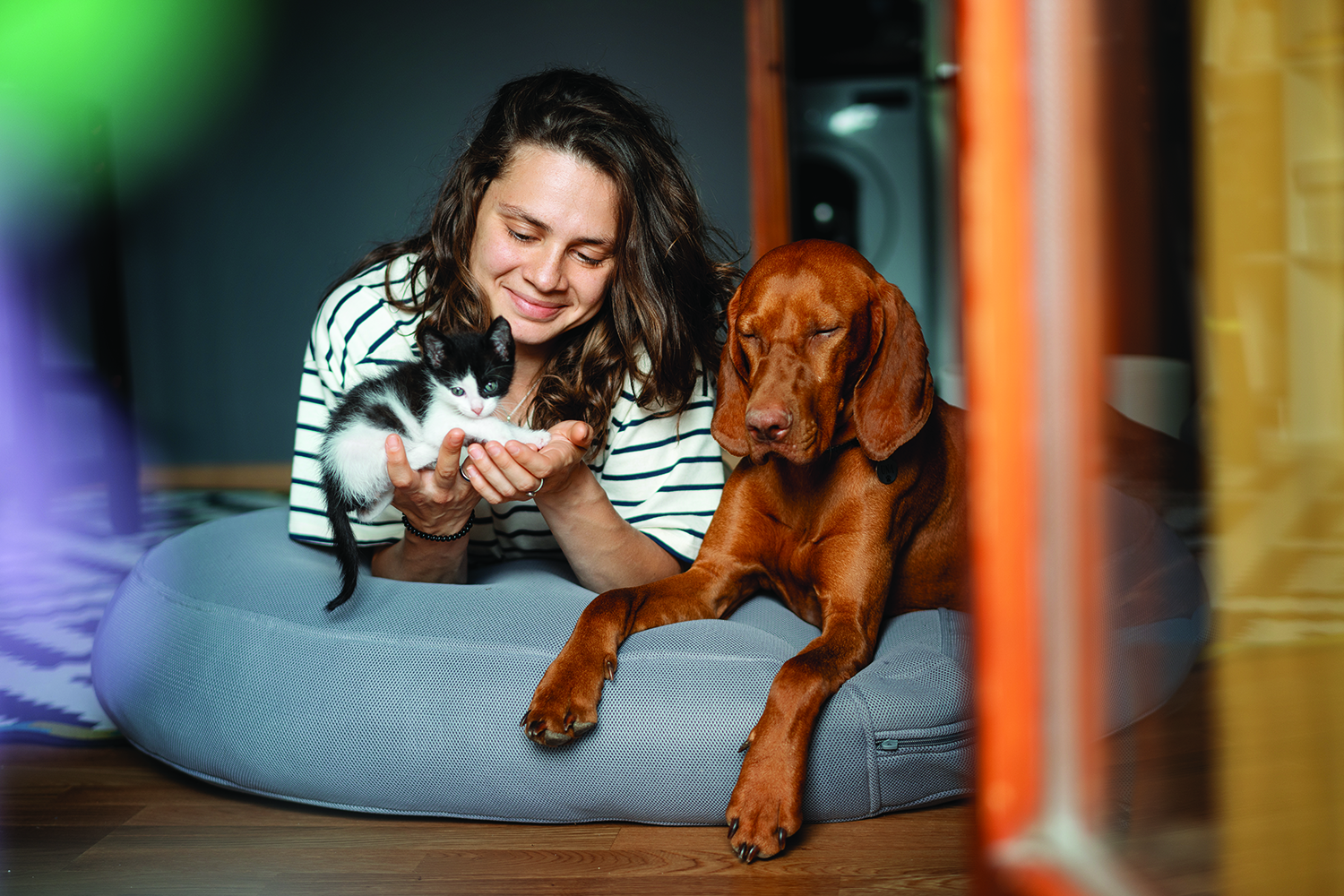Creating a living space that accommodates both human comfort and pet needs requires thoughtful planning and design considerations. A harmonious pet home doesn’t mean sacrificing style or functionality for the sake of your furry, feathered, or scaled companions. Instead, it’s about making intentional choices that enhance your shared living experience while addressing the unique requirements of your pets. This article explores practical strategies for pet-friendly home design, maintenance solutions, and lifestyle adjustments that will help you create a space where both you and your animals can thrive together.
Understanding Your Pet’s Specific Needs
Before diving into pet-friendly home design, take time to assess your pet’s specific requirements. Different animals have vastly different needs when it comes to space, temperature, and environmental considerations. Dogs may require room to play and easy access to outdoor areas, while cats appreciate vertical spaces and cozy hiding spots. Smaller pets like hamsters or birds need secure, contained spaces with appropriate ventilation. Understanding these needs is the foundation of creating pet spaces that truly serve your animal companions. Consider your pet’s age, size, breed, and health conditions when planning your home layout and selecting materials for your living space.
Selecting Pet-Friendly Materials and Furniture
One of the most important aspects of living with pets tips involves choosing the right materials for your home. Opt for durable, easy-to-clean surfaces that can withstand claws, accidents, and general pet wear and tear. For flooring, consider options like luxury vinyl tile, ceramic tile, or sealed hardwood rather than soft woods or wall-to-wall carpeting that can trap odors and hair. When selecting furniture, leather and tightly woven fabrics tend to be more resistant to pet damage than delicate materials like silk or loose weaves. Stain-resistant treatments can provide additional protection. Color choices matter too—selecting fabrics and rugs that match your pet’s fur color can help camouflage shedding between cleaning sessions.
Designated Pet Zones and Storage Solutions
A key element of a harmonious pet home is creating dedicated pet zones throughout your living space. These areas provide your pets with their own territory while keeping pet supplies organized and accessible. Consider integrating built-in feeding stations in kitchens or utility rooms, with storage for food and accessories above or below. Window perches for cats, comfortable dog beds in family rooms, and tucked-away litter boxes in bathrooms or laundry rooms can help maintain the aesthetic appeal of your home while meeting your pet’s needs. According to design experts at AskHomey, integrating pet spaces seamlessly into your existing home design creates a more cohesive living environment for everyone.
Safety Considerations in Pet-Friendly Home Design
Safety should be a priority when implementing pet-friendly home design strategies. Secure cabinets containing cleaning supplies, medications, or toxic foods with childproof latches. Consider cordless window treatments to eliminate strangulation hazards for curious pets. Ensure that houseplants are non-toxic to your specific animals, as many common decorative plants can be harmful if ingested. For homes with pools or water features, install appropriate barriers or consider pet-specific exit ramps that allow animals to escape if they accidentally fall in. These thoughtful safety measures protect your beloved companions while giving you peace of mind.
Managing Pet Hair, Odors, and Cleanliness
Even in the most thoughtfully designed harmonious pet home, maintenance remains an ongoing consideration. Establish regular cleaning routines that address pet hair, dander, and occasional accidents. Invest in a quality vacuum designed specifically for pet hair, preferably with HEPA filtration to reduce allergens. Strategic placement of washable mats near entrances can capture dirt and moisture from paws before they track through your home. For odor control, consider air purifiers, regular washing of pet bedding, and natural deodorizing solutions like baking soda for fabrics and carpets. Creating a dedicated pet cleaning station near an entrance can help maintain cleanliness without making it feel like a constant battle.
Balancing Aesthetics and Functionality
Creating a pet-friendly environment doesn’t mean your home must look like a pet store. The best pet-friendly home design seamlessly integrates pet necessities into your existing aesthetic. Consider pet furniture that complements your décor—such as stylish cat trees that double as sculptural elements or dog beds with covers that coordinate with your color scheme. Decorative storage baskets can keep toys contained while adding texture to your space. When designing built-ins or renovating spaces, think about how pet needs can be incorporated in visually pleasing ways, like window seats with hidden storage for pet supplies or attractive cabinetry that conceals litter boxes.
Outdoor Spaces for Pets
Extending your pet-friendly design to outdoor areas creates additional opportunities for a harmonious lifestyle. Consider fencing options that provide security while maintaining aesthetic appeal. Designated bathroom areas with appropriate materials can minimize lawn damage. For dogs, create paths along fence lines to prevent worn tracks in the grass from patrolling behavior. Shaded rest areas, secure pet doors, and non-toxic landscaping all contribute to a safe and enjoyable outdoor experience for your pets. Even apartment dwellers can create pet-friendly balconies with appropriate safety measures and comfortable lounging spots for their animal companions.
For more tips and to connect with reliable home service professionals, follow AskHomey on Facebook and Instagram.



